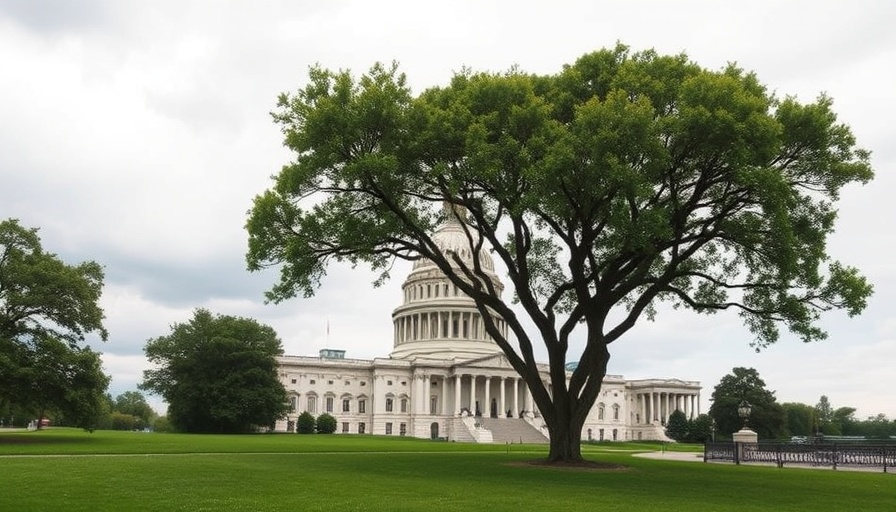
Senate Republicans Unveil Bold Changes to Medicaid
In a significant legislative move, Senate Republicans have introduced a new bill that proposes drastic cuts to Medicaid, departing sharply from the House's version. This legislation aims not only to reshape the Medicaid program but also to preserve some tax credit benefits related to clean energy, creating a complex political battle that could affect millions of Americans.
What’s at Stake with Medicaid Cuts?
The recently released 549-page measure by the Senate Finance Committee outlines aggressive adjustments to Medicaid. Notably, this bill will extend work requirements for even more demographics, specifically targeting parents of older children, a shift from the House's proposal which limited these requirements to childless adults. This broader scope could make millions of families subject to these mandates, sparking concerns among advocates about accessibility and the potential ramifications on vulnerable populations.
Clean Energy Tax Credits: A Key Negotiation Point
Another centerpiece of the bill is its approach to clean energy tax credits that were instituted during the Biden administration. The Senate's proposal suggests a slowed phase-out of these credits, in contrast to the House's more immediate cuts. This alteration might attract some bipartisan support but could also lead to tensions within the Republican party, as some factions strongly oppose the preservation of these credits.
Political Implications and Timing
The urgency surrounding this legislation is palpable as Republicans are keen to have it passed before the July 4 deadline. However, the substantial differences between the House and Senate bills present obstacles that could derail this timetable. Senator Mike Crapo of Idaho highlighted the bill's goal to avert a potential $4 trillion tax increase, emphasizing tax cuts introduced in 2017 would be maintained. But the broad-ranging implications of the Medicaid reductions threaten to overshadow these benefits in public discourse.
Understanding the Impacts on Families
For many families, the proposed changes will have direct implications. Parents worried about potential work requirements for Medicaid may feel increased anxiety, especially those already struggling with employment challenges. The focus on tax cuts, while a relief to some, juxtaposes sharply against the potential consequences of reduced healthcare access. Knowing both the political and personal stakes can help families prepare for the upcoming negotiations and decisions ahead.
Looking Ahead: Predictions and Opportunities
Experts suggest that the looming discussions over this bill could set the tone for healthcare policy in the coming years. Should these aggressive Medicaid cuts pass, expect a significant shift in how healthcare accessibility is viewed and managed in the United States. Advocacy groups and healthcare professionals will likely push back, leading to potential amendments or new proposals that could emerge as alternatives to provide support for affected families.
As the political landscape evolves, being informed about these changes is crucial. Engaging in conversations at local community forums or connecting with representatives can empower individuals impacted by these reforms, ensuring their voices are heard.
As the Senate and House negotiate this contentious bill, it’s vital for stakeholders—especially those who will be directly impacted—to stay informed and involved in the legislative process. Understanding and participating in these discussions can lead to more favorable outcomes for families in need.
 Add Row
Add Row  Add
Add 




Write A Comment